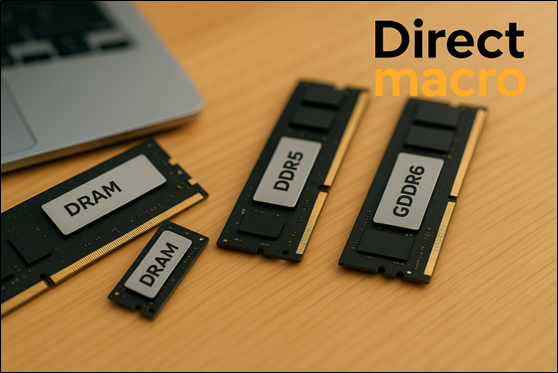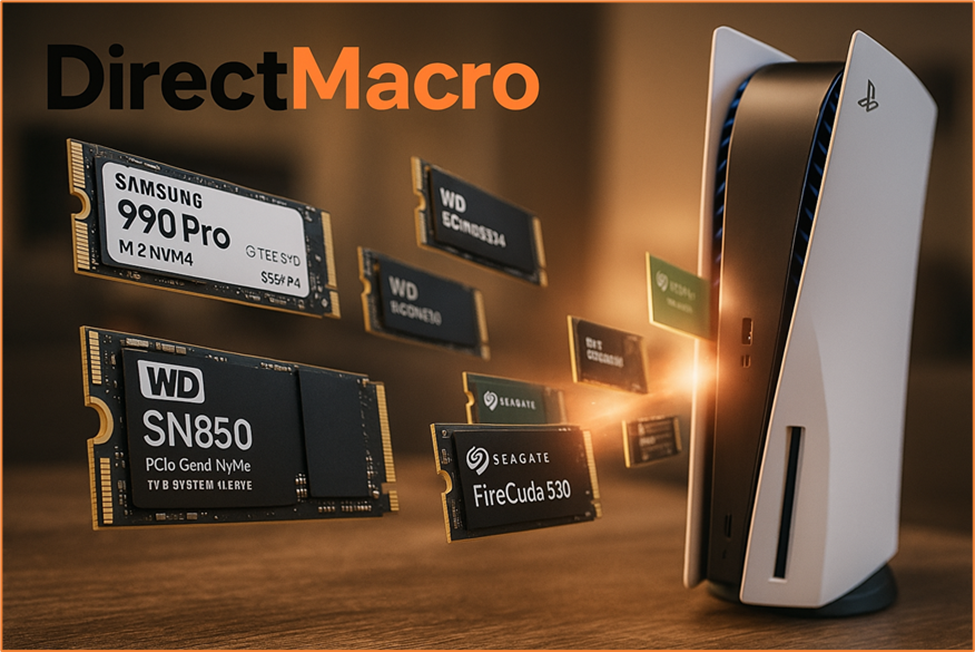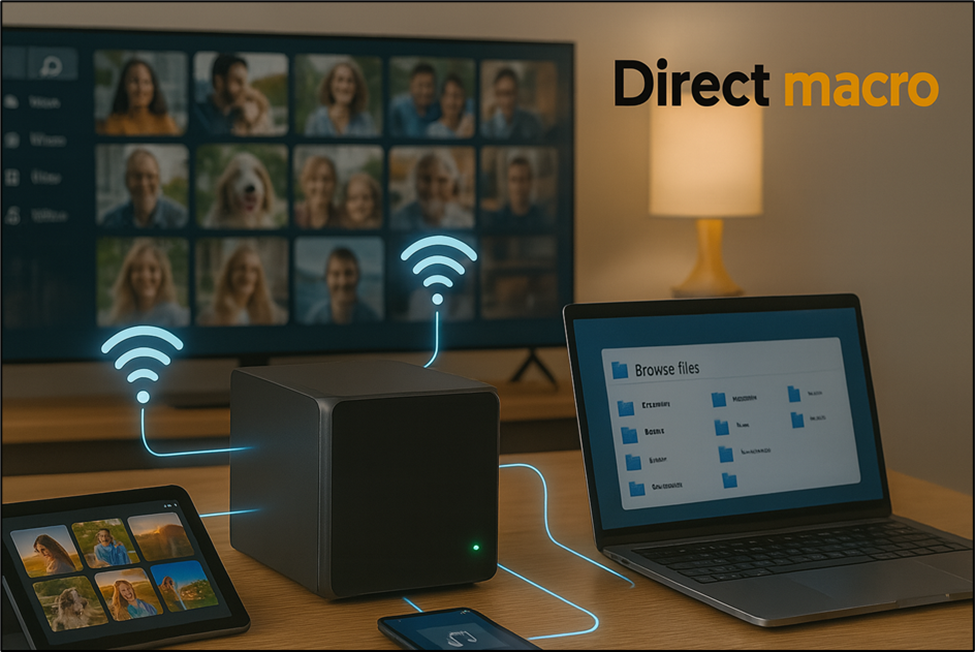Essential Guide to Choose High-Quality SATA Cables for Your Need!
Those bulky wired cables are of no use when they aren’t capable of efficiently transferring data to your storage devices. It is now easier to connect storage devices to your computer‘s motherboard. A SATA cable for SSD is the right option for fulfilling your purpose. This blog discusses everything you need to know in order to choose the right data cables for your needs.
What is a SATA Cable?
Serial advance technology Attachment (SATA) is a bus interface that is placed inside your computer or laptop’s case. The cable connects your computer’s host bus adapter to its hard disk and solid-state drives. The technological shift has taken place because of SATA’s exceptional capabilities when it comes to quick and secure data transfer. The emergence of SATA technology has replaced the IDE-integrated drive electronic and parallel ATA PATA cable with a faster data-transferring substitute.
If you are looking for faster data transfer and a streamlined connection process, a SATA data cable is perfect for you. If you are looking for a power supply, the SATA power cable will fulfill your needs. Let’s dig deeper into the classification of serial advanced technology attachment and see which one can more effectively meet your requirements.
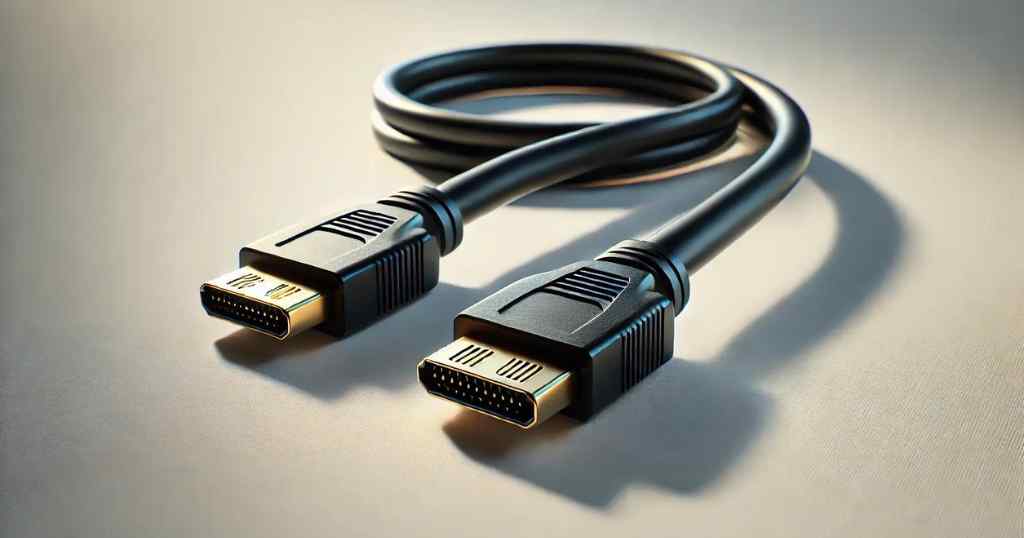
SATA Connectors
The Cable connectors were initially launched in two primary types, each serving a different purpose, i.e., SATA Data transfer and Power connector. SATA cable for SSD has a data connector that only transfers data from the storage device to the motherboard; on the other hand, the power connector cable provides power to the storage device. Despite being separate cables for each purpose, such as the SATA data cable and SATA power cable, you can also find both purposes in one cable i.e., the data-plus-power cable.
SATA Power Connectors
The power connector cables are bigger in size compared to the data connector cables. SATA cable for hard drive is used to power the computer’s hard drive: SSD & HDD. Such cables are L-shaped and have 15 pins. When in use, you have to plug one end of the cable into the power supply unit (PSU) while the other end is to the SATA power port of the storage device. In case your computer’s power supply unit is not compatible with the SATA power connector, you can use a 4-pin Molex Connector to make it work in your favor. It can provide a power supply up to +3.3VDC, +5VDC, and 12VDC using 15 15-pin connectors, while a 6-pin connector can provide power up to 5VDC.
SATA Data Connectors
SATA Data connectors have 7-pin connectors, among which four pins are arranged separately from the rest of the three ground pins. These four pins are active data lines that are arranged in two pairs. These cables are designed primarily to transfer data, one bit at a time, from the SATA drive to its host. These data SATA connectors are also available in small form factor versions, i.e., mSATA. It has less storage capacity compared to SATA cable for SSD due to its size and number of connector pins. You can make the best use of small form factor SATA data connectors in devices with power-constrained limitations.
A Comparison Between SATA Cable Versions
The concept of SATA came into existence in the year 2000; it remained under development until 2003 when the first version of SATA was released. This version of Sata wasn’t able to support Native Command Queries. Then, the upgraded version of SATA 2.0 came in April of 2004 and is still compatible with the previous version as well. This version of SATA could only transfer data at a speed of 150 Mbs per second, which was further enhanced to 600 Mbs per second in the recent version of SATA 3.0. A comparison specification chart is given below.
| Specifications | SATA I | SATA II | SATA II |
| Interface Generation | 1st Gen | 2nd Gen | 3rd Gen |
| Year of Release | 2003 | 2004 | 2009 |
| Bandwidth | 1.5 Gb/Sec | 3 Gb/Sec | 6 Gb/Sec |
| Length (Min) | 1 Meter | 1 Meter | 1 Meter |
| Data Speed | 150 Mb/Sec | 150 Mb/Sec | 600 Mb/Sec |
SATA Cable Features
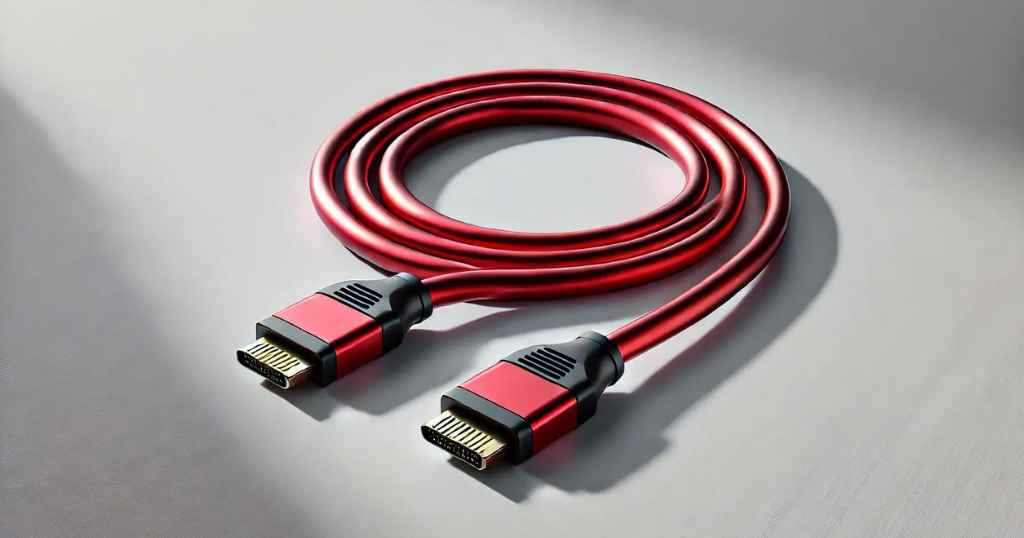
If you are planning to buy SATA cables, here are the features you will most likely find. However, the number of features may vary depending on the cable version you will buy.
Latching Connectors
These cables come with latching connectors, which lock when connected to the SATA port. This helps rule out the possibility of accidental disconnects and process the efficient and error-free data transfer. Nowadays, all cables have the feature of latching connectors, especially in the SATA 3.0 version.
eSATA Support (External SATA)
The eSATA offers the benefit of superseding efficiency in data transfer and stable connection via an External extension of SATA technology. With the help of Esata support, the cable is a far more convenient and secure option for connecting internal hard drives and other external drives to your computer.
Angled Connectors
The slot where cables must be placed in the computer from inside is often complicated and difficult to connect. Therefore, the new feature of angled connectors helps seamlessly place a cable inside the SATA port of a device. Which angel connector you are using must be considered when installing an SSD or HDD. Angled connectors come in two specifications, left-angled and right-angled connectors, because the left angel feeds the cable up, and the right angel feeds the cable down in a port.
High Data Transfer Bandwidth
Different versions of SATA cables offer varying ranges of data transfer speeds. If you go ahead with SATA 3, the transfer speed will be about 600 Mbs/sec. If you go for SATA 2.0, then your data transfer speed will be around 150 Mbs/sec, and you have to buy a SATA cable that is the best fit for you
Hot Swapping
This feature allows you to connect and disconnect your device and power it off. However, the motherboard and Operation systems must be running. Four and 12-pin connectors have longer connected pins, which makes it easier to connect to the device without causing a power drop. Similarly, devices with 3, 7, and 13 pins also work the same way, making them a perfect fit for hot swapping- connecting to the device without causing a power down.
How to Install a SATA Cable for HDD Applications
Installing a Sata Cable for HDD to your laptop’s motherboard has the following steps:
Step-1 If you don’t have the latching connectors, you will have to switch off your computer before removing the computer case and reaching the SATA ports.
Step-2 Search for where SATA Ports are located. Generally, Data ports are located on the bottom right of the motherboard, while Power ports are located near the power supply unit.
Step-3 Connect the cable from one end to your hard drive and from the other end to your computer’s motherboard.
Step-4 Once you have placed your SATA power cable and SATA data cable in their respective ports, make sure they are tightly attached to avoid distortions due to recurring disconnection.
Step-5 Now, put the case back in its place and fix it with a screwdriver. Turn on the computer and check if the operating system has detected the connection.
Where can I buy a SATA cable? It’s a question that will pop up in your life after you know your requirements and the cable you need for it. However, making the best purchase at the best price is still a challenging task. Are you searching for authentic cable providers? You can best buy Sata cable at Direct Macro, an authorized supplier of hardware products. Avail the best quality SATA cable for sale at discounted prices.
Conclusion
In conclusion, the SATA cables are the best-suited option if you want a speedy data transfer for your system. However, the best-suited cable varies depending on the type of device you are connecting it to. You must keep in mind the amount of data transfer and speed you require according to your workload in order to choose from SATA I, SATA II, or SATA III. This blog shares all types, features, and capabilities. Analyze your work requirements, and buy sata cable as needed.
FAQ’s
Why is SATA preferred over PATA?
SATA are preferred over PATA because they are extremely heavy due to multiple layering of wires and are still ineffective in transferring speeds such as 66/100/133 at max. On the other hand, SATA Cables provide a data transfer speed of 150/300/600, which makes it the best option for current professional requirements.
Where to plug in the SATA cable?
Plug in the cable in your computer’s SATA ports; Sata data ports will be located on the motherboard, while Sata power ports will be near the power supply unit.
Are all SATA cables interchangeable?
The newest version of SATA comes with backward compatibility, which means the recent cables can be interchanged with the new ones while having access to better features as well. They can work the same on the SATA 1 or 2 ports as long as their wiring is the same. For instance, if eSATA cables have different shapes, they may not be interchangeable with other cables.
Can we convert Sata to USB cable?
Yes, you can convert the data to a USB cable using a simple adapter. You can connect it to the regular USB port and to your PC/ laptop and use it as a USB cable.
Do you need advice on buying or selling hardware? Fill out the form and we will return.

Sales & Support
(855) 483-7810
We respond within 48 hours on all weekdays
Opening hours
Monday to thursday: 08.30-16.30
Friday: 08.30-15.30




